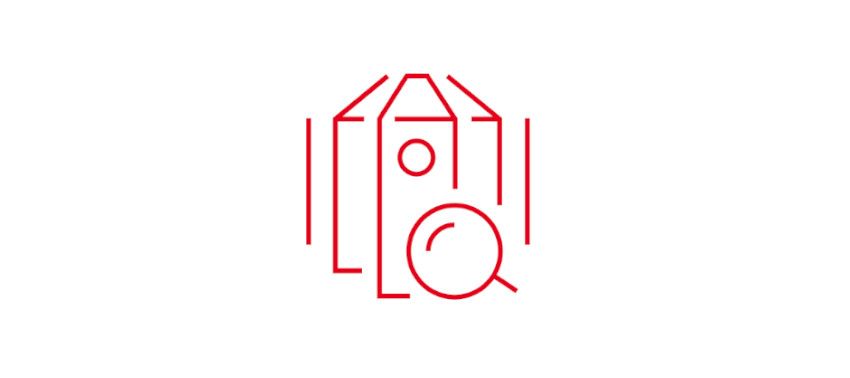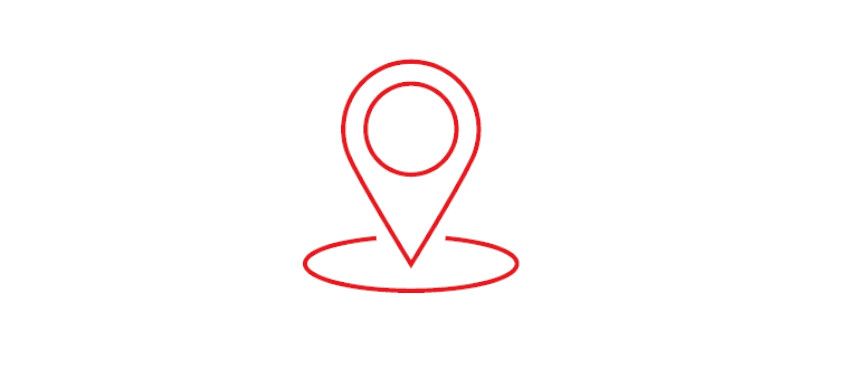Nomex® for PPE
Nomex® for PPE: Performance when the heat is on
DuPont™ Nomex® is an incredibly durable meta-aramid fiber with inherent FR properties that can’t be washed or worn away. Additionally, Nomex® fibers won’t melt, drip or support combustion.
PPE garments made with Nomex® fibers or fabrics help provide comfortable protection against a range of thermal hazards. From heat and flame to arc flash protection, Nomex® delivers.
Extremely durable and long-lasting

Comfortable without sacrificing protection
Inherent multi-hazard protection
Military and Law Enforcement
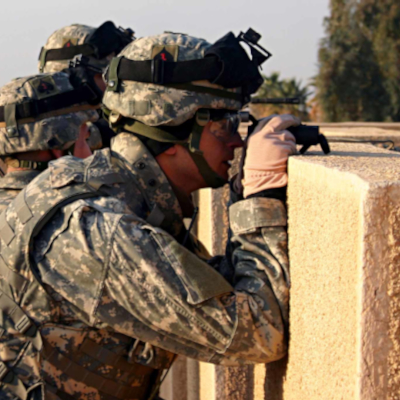
Protection solutions for the specific needs of military personnel and law enforcement officers. Because they never give up, we never give up.
Firefighting and Emergency Response
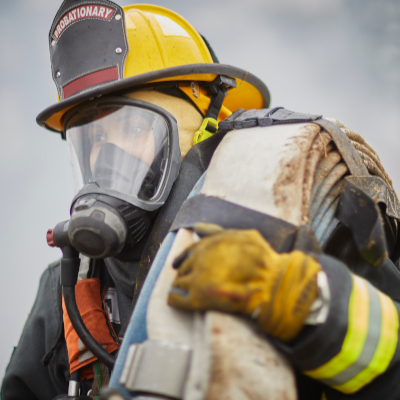
Those who dedicate their lives to protecting ours deserve the best thermal and particulate protection available.
Industrial Personal Protection
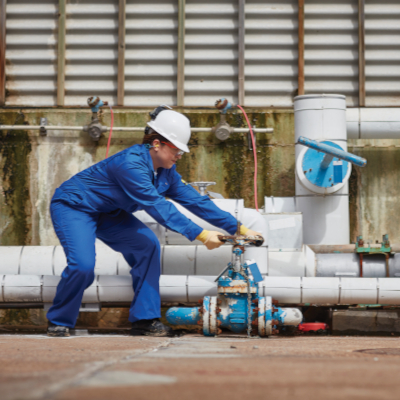
Inherent flash fire and arc flash protection solutions for industrial workers. Because everyone has someone depending on them to get home safely

Introducing a more sustainable, water and chemical repellent fabric.

Enhanced protection and comfort to take on tough jobs requiring arc flash protection.
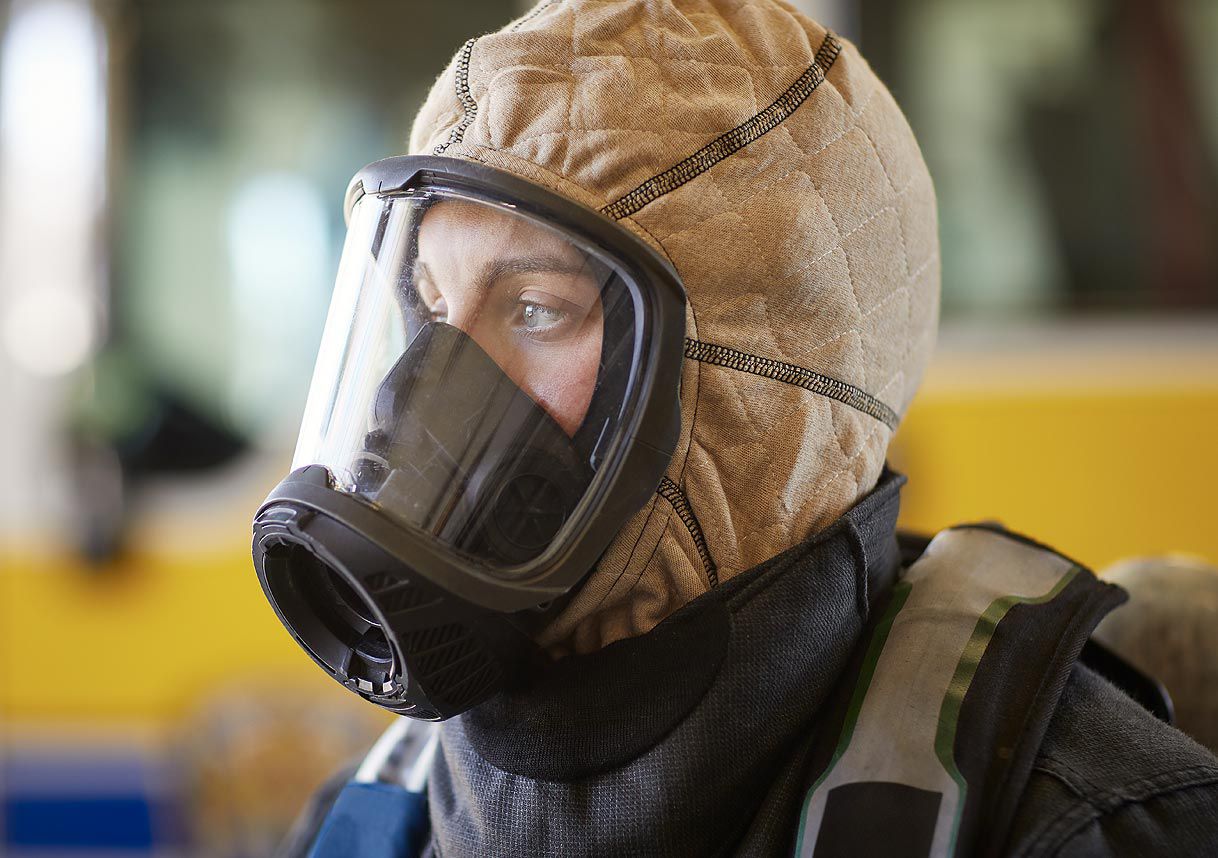
Nomex® Nano and Nomex® Nano Flex are the next generation of flame-resistant (FR) solutions from DuPont. These breakthroughs in firefighter protection represent the future of turnout gear.
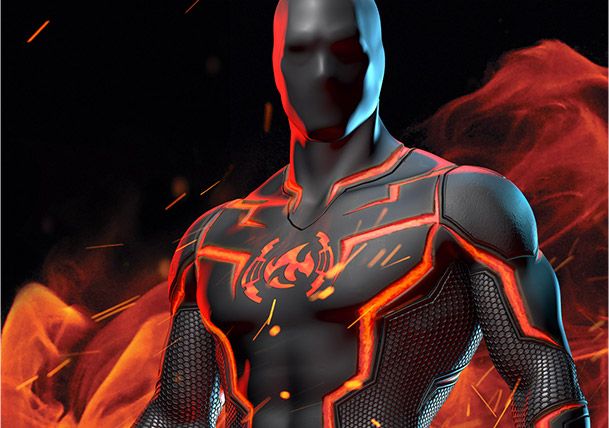

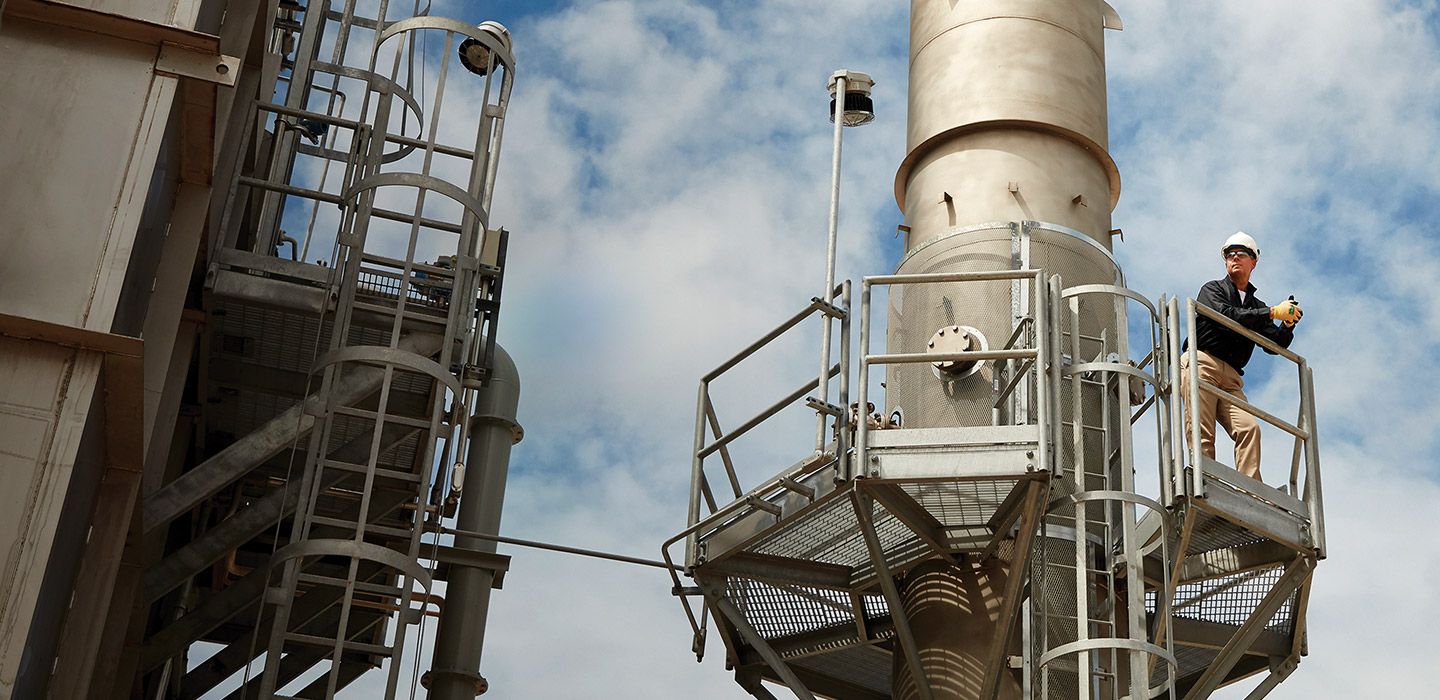
The tested and proven performance of DuPont™ Nomex® is now available in lightweight, comfortable, highly breathable fabrics that meet or exceed international standards for protection and performance.

Nomex® for electrical/utility
Nomex® offers a tested and proven portfolio of protective solutions for electricians, wiremen and linemen with uncompromising and unparalleled protection and comfort.

Nomex® for manufacturing & transportation
People working the toughest industrial jobs around the world face the risk of fire hazards during every shift. That’s why they choose FR clothing made with Nomex®--for proven protection and comfort.
Innovating for sustainability
DuPont Personal Protection brings together some of the most trusted names in personal protective equipment (PPE)—Tyvek®, Tychem®, Nomex® and Kevlar®—to provide unparalleled solutions that protect workers against chemical, thermal, electric arc, mechanical and other workplace hazards.


